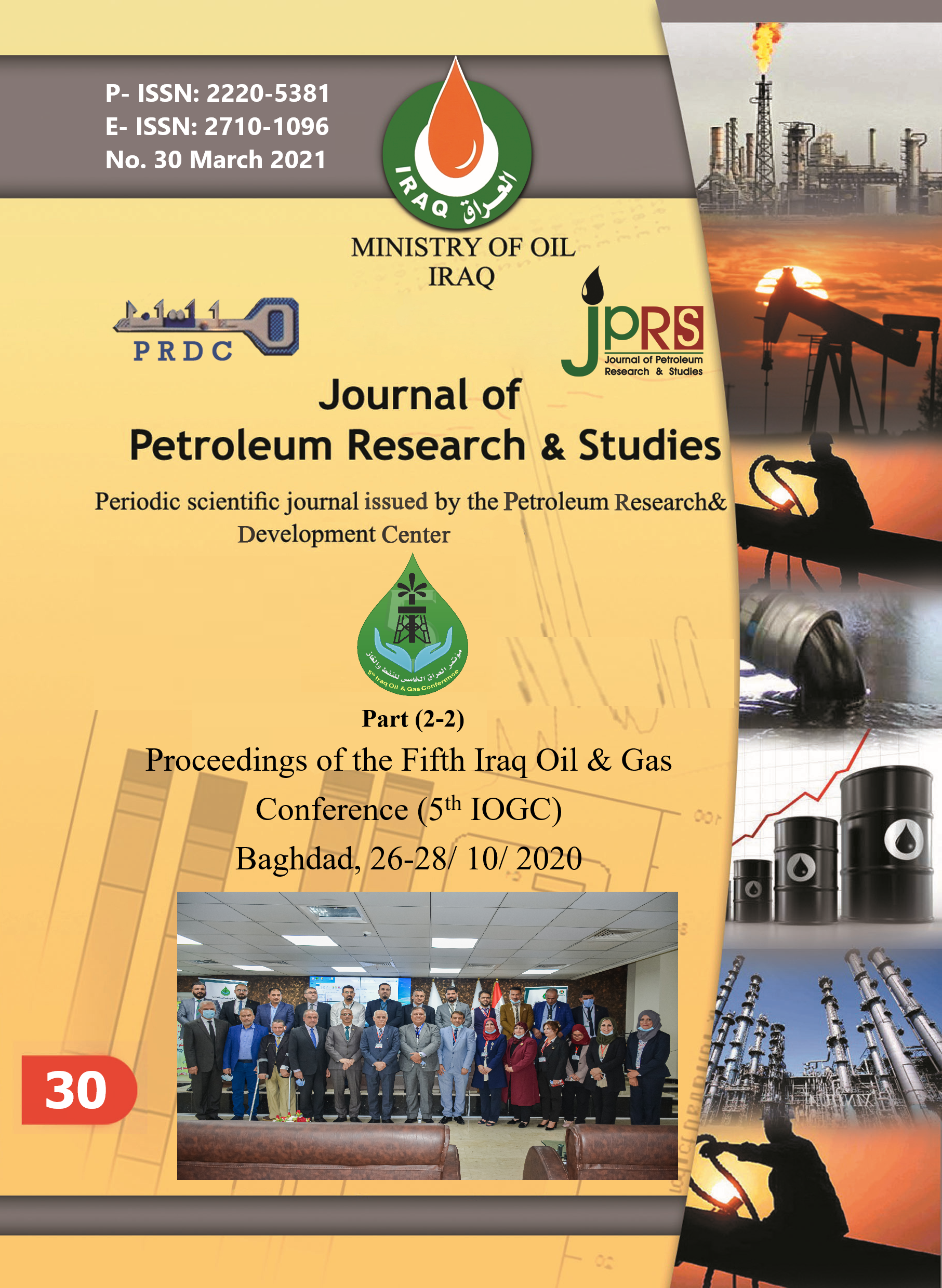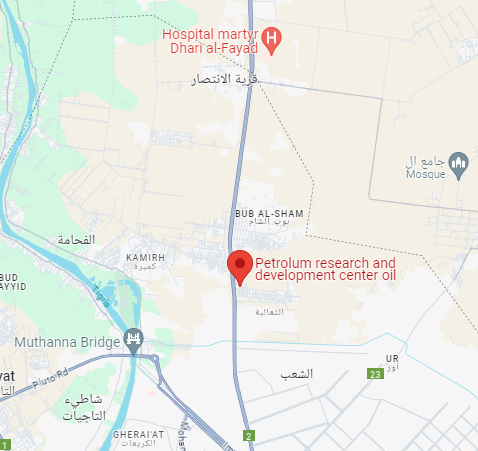Synthesis and Characterization of Co-Mo/γ-Alumina Catalyst from local Kaolin clay for Hydrodesulfurization of Iraqi Naphtha
DOI:
https://doi.org/10.52716/jprs.v11i1.431Keywords:
Hydrodesulfurization, impregnation, Co-Mo/γ-Al2O3, kaolin, naphtha, hydrotreating.Abstract
This work deals with the hydrodesulfurization of three types of naphtha feedstocks; mixed
naphtha (WN), heavy naphtha (HN) & light naphtha (LN) with a sulfur content of 1642.1,
1334.9 & 709 ppm respectively, obtained from Missan refinery using prepared Co-Mo/γ-Al2O3
catalyst. The Iraqi white kaolin was used as a starting material for the preparation of γ-Al2O3
support, transferring kaolin to meta-kaolin was studied through calcination at different
temperatures and durations, kaolin structure was investigated using X-Ray diffraction
techniques.
High purity 94.83%. Crystalline γ-Al2O3 with a surface area of 129.91 m2/gm, pore volume
0.9002 cm3/g was synthesized by extraction of Iraqi kaolin with H2SO4 at different acid to clay
weight ratios, acid concentrations & leaching time. Ethanol was used as precipitating agent; the
resultant gel was dried and calcined at 70OC, 10 hrs & 900 OC, 2 hrs respectively.
The effects of different parameters on the average crystallinity and extraction % of
synthesized γ-Al2O3 were studied like; acid: clay ratio, sulfuric acid concentration, leaching
time, leaching temperature & kaolin conversion to metakaolin. Characterization of prepared γ-
Al2O3 & Co-Mo catalyst were achieved by X-ray diffraction, FTIR-spectra, texture properties
& BET surface area, BJH N2 adsorption porosity, AFM, SEM, crush strength & XRF tests.
Co-Mo/ γ-Al2O3 catalyst with final loading 5.702 wt% and 21.45 wt% of Co and Mo oxides
respectively was prepared by impregnation methods.
The activity of prepared Co-Mo/γ-Al2O3 catalyst after moulding to be tested for
hydrodesulfurization (HDS) of naphtha feedstock W.N, H.N & L.N was performed using a
pilot hydrotreating unit at petroleum research & development centre, at different operating
conditions. Effects of temperature, LHSV, pressure, time & pore size distribution were studied,
the best percentage of sulfur removal is increased with decreasing LHSV to 2 hr-1 as a general
trend to be 89.71, 99.72, 99.20 % at 310oC for the whole naphtha, heavy naphtha and light
naphtha feedstocks respectively, at 34 bar pressure and 200/200 cm3/cm3 H2/HC ratio.
Downloads
Published
How to Cite
Issue
Section
License
Copyright (c) 2021 Nada Sadoon Ahmed zeki, Sattar Jalil Hussein, Khalifa K. Aoyed, Saad Kareem Ibrahim, Ibtissam K. Mehawee

This work is licensed under a Creative Commons Attribution 4.0 International License.














